Clover Lawns Are Making a Comeback—Here is What You Need to Know
Clover lawns are quickly becoming the talk of the gardening world. For decades, homeowners have worked tirelessly to maintain lush, uniform grass lawns—but at what cost? Between the water, fertilizers, pesticides, and endless mowing, the traditional lawn has started to feel more like a burden than a blessing. Enter the clover lawn: a low-maintenance, eco-friendly alternative that’s sparking debate among landscapers, homeowners, and environmentalists alike.
Some praise clover lawns for their resilience, pollinator-friendly qualities, and ability to save water. Others argue they lack the polished look of grass and may not be practical for every yard. To cut through the noise, here’s everything you need to know about clover lawns—including the pros, cons, and expert tips to get started.
What Is a Clover Lawn?
A clover lawn is a natural lawn alternative where clover—either mixed with grass or grown alone—replaces traditional turf. The most common types used are White Dutch Clover, Mini Clover, and Red Clover, each with slightly different heights, textures, and coverage.
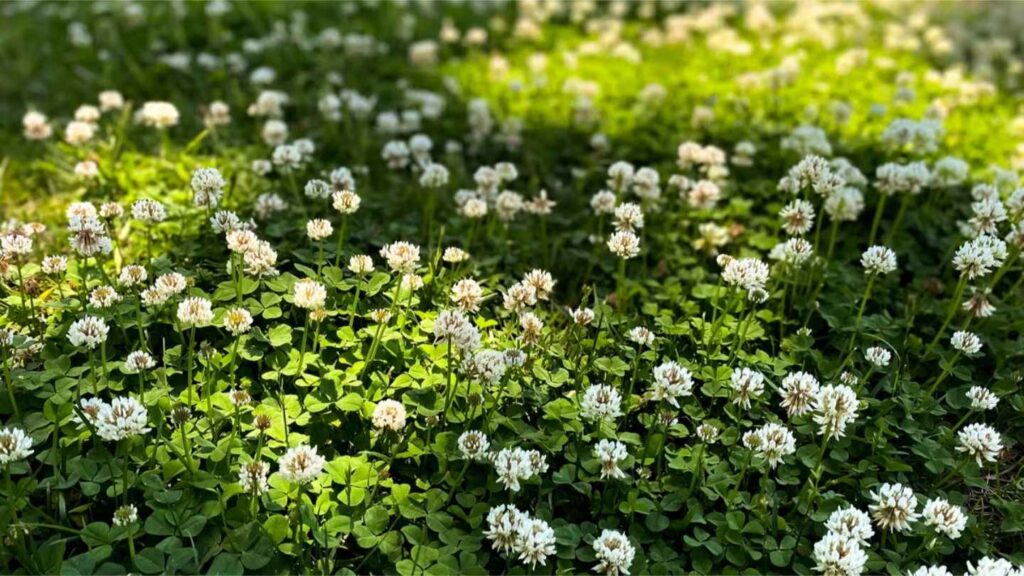
Unlike grass, which requires heavy feeding and frequent watering, clover thrives in poor soil, needs little care, and stays green even in dry spells. Once established, clover spreads quickly to form a soft, cushion-like mat underfoot. Many homeowners love that it feels like a meadow rather than a manicured golf course.
Clover also has a long history—it was a standard part of lawns before broadleaf herbicides became common in the 1950s. Only then did clover get labeled a “weed.” Today, gardeners are reclaiming it as a sustainable, budget-friendly solution.
What is Wrong With a Grass Lawn?
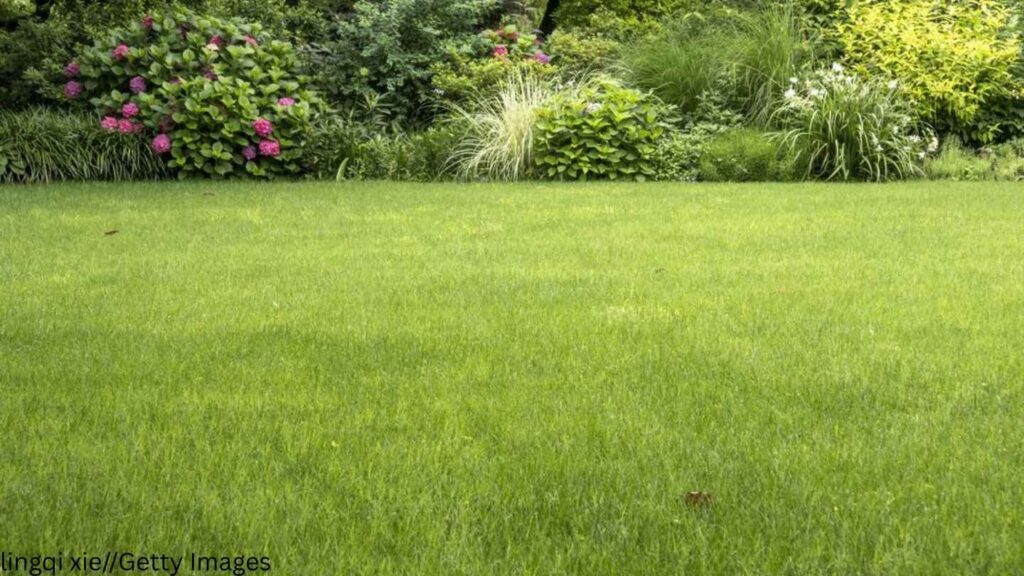
Traditional grass lawns might look tidy, but they come with hidden costs:
- High Water Demand: Grass is notoriously thirsty. The average lawn in the U.S. requires thousands of gallons of water annually to stay green.
- Chemical Dependency: Fertilizers, herbicides, and pesticides are often needed to keep grass lawns weed-free and vibrant—introducing toxins into the soil and waterways.
- Maintenance Heavy: Mowing every week, edging, reseeding bare patches, and seasonal care all require time, effort, and money.
- Poor for Biodiversity: Grass lawns are ecological dead zones, offering little food or shelter for pollinators and other beneficial wildlife.
In short, the classic green lawn may look beautiful, but it’s far from environmentally friendly.
What Are the Pros of a Clover Lawns?
Clover lawns are gaining popularity for a reason. Here’s why many experts believe they’re the future of sustainable landscaping:
- Drought Tolerance: Clover stays green with minimal watering, even in hot, dry climates.
- Self-Fertilizing: As a legume, clover naturally fixes nitrogen in the soil, reducing or eliminating the need for fertilizer.
- Pollinator Friendly: Clover flowers attract bees, butterflies, and other pollinators, boosting your garden’s overall health.
- Soft, Cushioned Feel: Walking barefoot on clover is gentle and springy—many homeowners find it more comfortable than grass.
- Low Maintenance: Clover grows low to the ground, requires less frequent mowing, and competes well with weeds.
- Cost-Effective: Less water, no fertilizer, and minimal upkeep mean long-term savings.
For eco-conscious homeowners, these advantages make clover a clear winner.
What Are the Cons of a Clover Lawns?
Of course, no landscaping choice is perfect. Clover lawns do have some drawbacks:
- Different Aesthetic: Clover lawns look more like meadows than manicured grass lawns, which some people may see as “messy.”
- Seasonal Dormancy: In very cold or hot climates, clover may brown out temporarily, especially if it’s grown alone.
- Bee Traffic: While pollinator-friendly is a pro, increased bees can be a concern for families with allergies or small children playing outside.
- Durability Limits: Clover holds up well to moderate foot traffic, but heavy use—like sports or constant running—may damage it.
- Mixed Lawn Management: If planted with grass, clover may outcompete it in some areas, leading to uneven growth.
Knowing these cons ahead of time helps homeowners set realistic expectations.
How Do I Start a Clover Lawn?
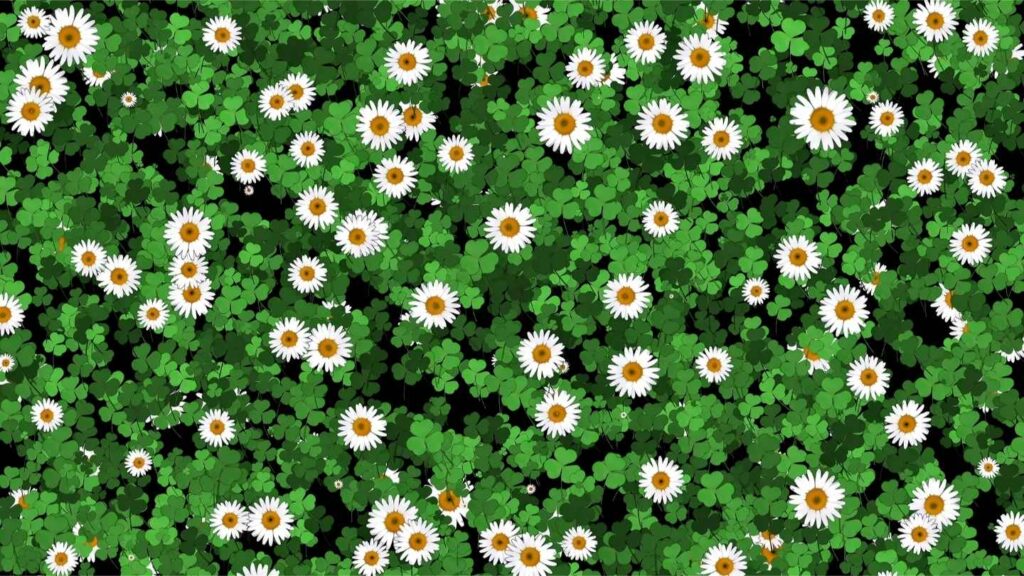
Starting a clover lawn is easier than you might think. Follow these steps:
- Choose Your Clover Variety:
- White Dutch Clover – Most popular, grows 4–6 inches tall, spreads quickly.
- Mini Clover – A smaller, tidier version that blends seamlessly with grass.
- Red Clover – Taller (12–18 inches), great for meadows or pollinator areas.
- Prepare the Soil:
Clover prefers loose, well-drained soil but can adapt to most conditions. Remove existing grass or weeds, and lightly rake the soil for better seed-to-soil contact. - Seed at the Right Time:
Early spring or early fall are best, when soil is moist and temperatures are mild. - Water Consistently at First:
Clover seeds need steady moisture to germinate. Once established, clover is drought-tolerant and requires far less watering than grass. - Mow Occasionally:
While clover grows low, mowing a few times during the season can keep it neat and encourage spreading. - Skip the Chemicals:
Herbicides will kill clover, so avoid using them. Instead, enjoy the low-maintenance beauty of your natural lawn.
Must Read: Common Natural Beauty Ingredients Harming Planet
Must Read: Mysterious Heartbeat Beneath East Africa Could Reshape Our World Map
Must Read: Could Fungi Be Conscious? A Deep Dive into the Mind of Mycelium
Must Read: Why Bees Are Disappearing and What It Means for Our Planet
Must Read: 15 Simple Ways to Keep Your Dog Safe During a Heatwave
Shop Clover Seed
Thinking about making the switch? Here are some top clover seed options for different lawn goals:
- Perennial Red Clover Seeds – Ideal for naturalized meadows and pollinator gardens.
- Perennial White Dutch Clover Seed – A classic choice for full clover lawns.
- Perennial White Mini Clover Seed – Perfect for blending with grass for a tidy, low-growing look.
Final Thought
Clover lawns may not be for everyone, but they’re a practical, sustainable alternative to traditional grass. They require less maintenance, save money, and benefit the environment—making them an increasingly popular choice for eco-friendly landscaping. If you’re ready to break free from the endless cycle of mowing, watering, and fertilizing, a clover lawn could be the game-changing upgrade your yard needs.

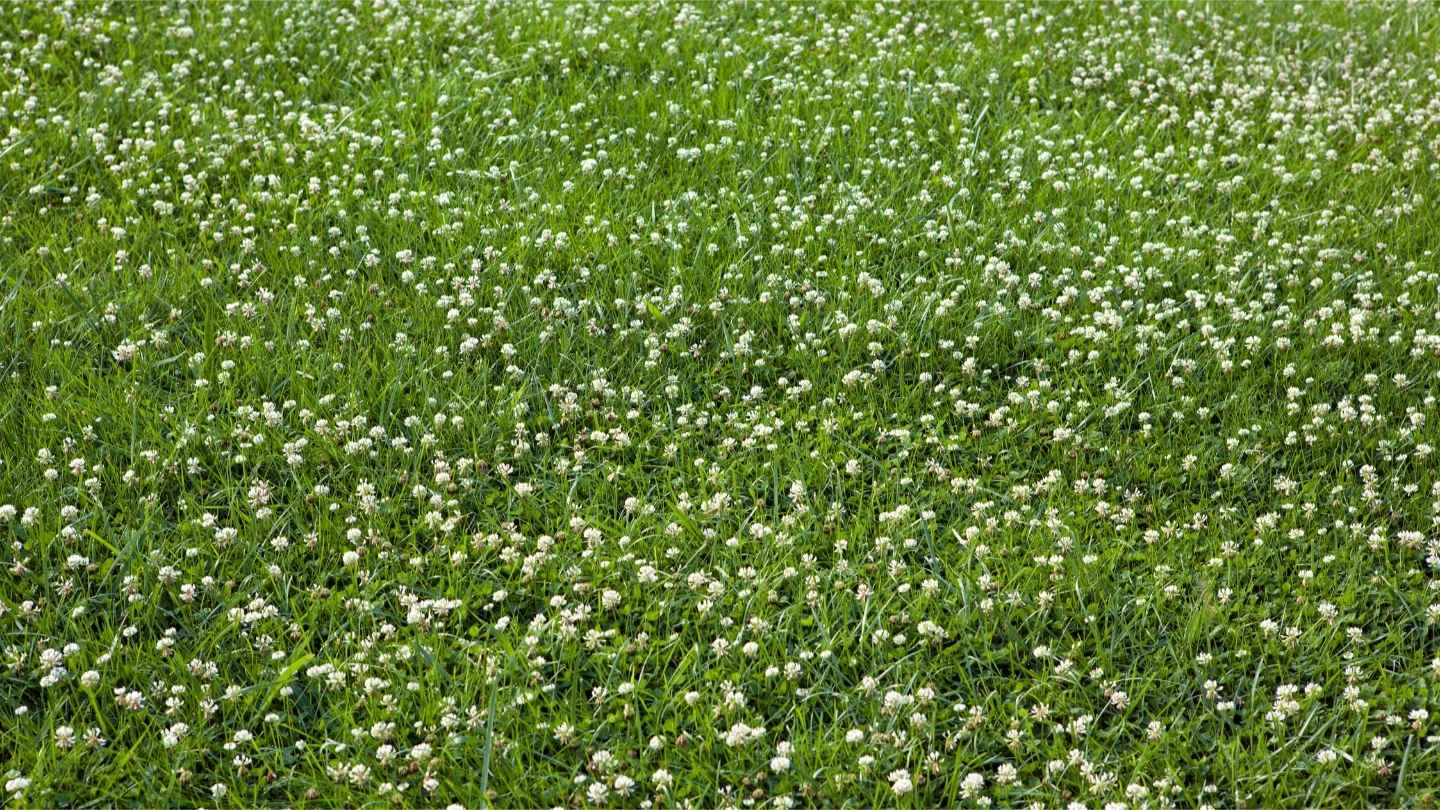





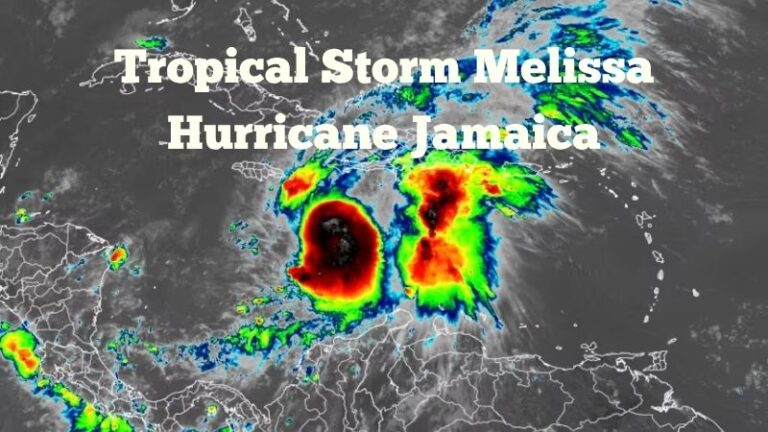
2 Comments